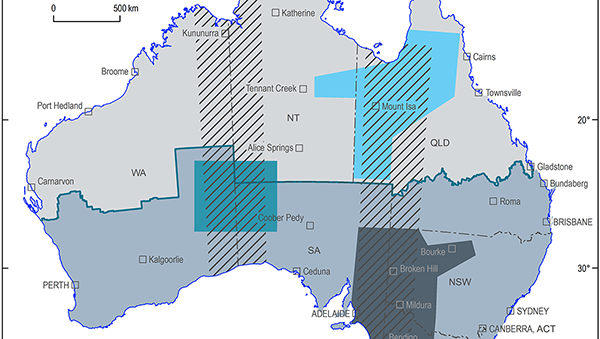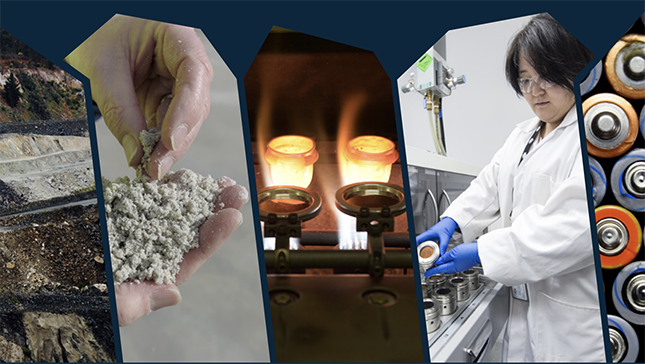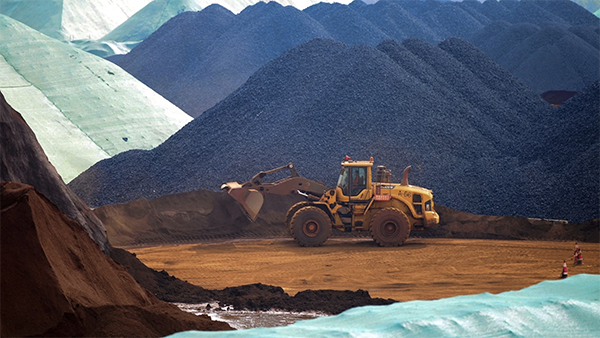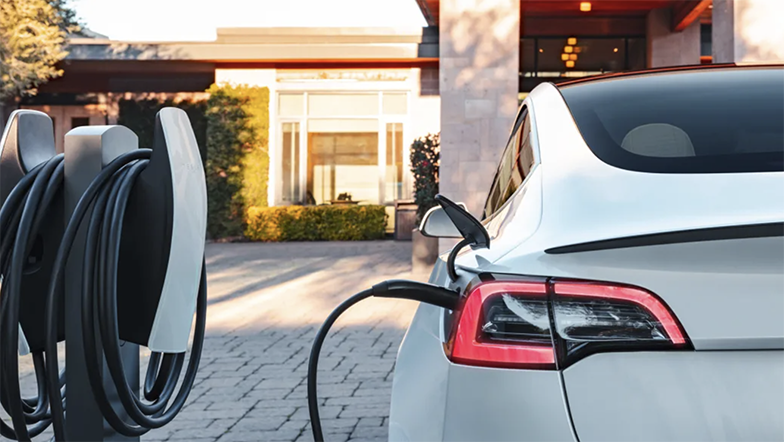
Welcome to the Battery Age
As more investors and companies seek greater clarity and confidence in accounting for long-term climate risks and opportunities, businesses are adapting to the “energy transition”
This energy transformation of the global energy sector from fossil-based systems of energy production and consumption to renewable energy sources. Switching from non-renewable energy sources like oil, natural gas, and coal to renewable energy is made possible by technological advancements and a societal push toward sustainability. Spurred by structural, permanent changes to energy supply, demand, and prices, the energy transition also aims to reduce energy-related greenhouse gas emissions through various forms of decarbonisation.
The Energy transition underpins the rapid advancement of The Battery Age. Batteries are one of a key component contributing to the energy transition and Battery Age Minerals is proud to be playing a part in the Battery Age.
What are Critical Minerals
Critical minerals are essential inputs for renewable energy and clean technology applications, such as advanced batteries, permanent magnets, solar panels, wind turbines, and small modular reactors, as well as advanced manufacturing applications, including defence and security technologies, semiconductors and consumer electronics, and critical infrastructure.
Global demand for critical minerals and the manufactured products they go into is forecast to increase significantly in the coming decades to enable transition to a green and digital economy. Production and processing of many critical minerals are geographically concentrated, making supply vulnerable to economic, geopolitical, environmental, and other risks.

Canada’s List of Critical Minerals
Canada has a list of minerals it considers to be “critical.” Developed in consultation with provincial, territorial, and industry experts, the list provides greater certainty and predictability to investors, developers, and trading partners on Canada’s priorities and capabilities to produce critical minerals.
To be deemed a “critical mineral” in Canada, it must be:
- essential to Canada’s economic security and its supply is threatened; or,
- required for Canada’s transition to a low-carbon economy; or
- a sustainable source of highly strategic critical minerals for our partners and allies.
Canada’s list of critical minerals currently consists of 31 minerals. The list is reviewed and, if necessary, revised every three years.
Canada already produces over 60 minerals and metals, is a leading global producer of many critical minerals, including nickel, potash, aluminum, and uranium, and has the potential to supply more to both domestic and international markets.
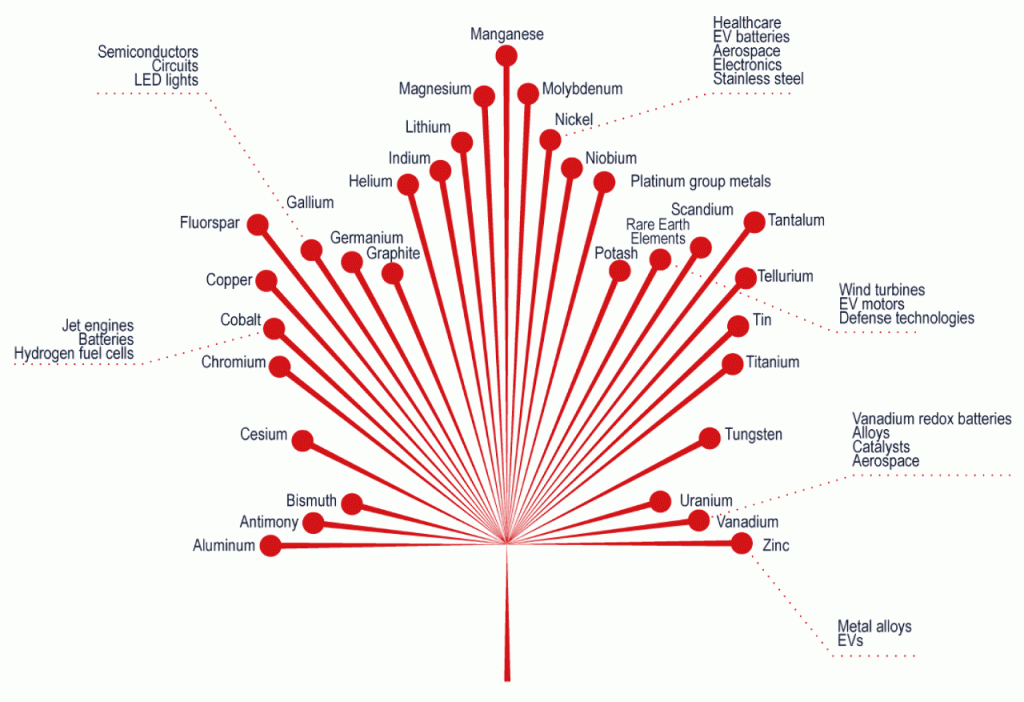
Critical Minerals as they relate to Battery Age Minerals
| Critical Minerals | Value Chains | Energy Transition | Major Applications | Examples of Specific Products |
|---|---|---|---|---|
| Lithium | Clean technologies | Energy storage | Batteries, glassware, ceramics | Rechargeable batteries (phones, computers, cameras and EVs), hydrogen fuel storage, metal alloys (military ballistic armour, aircraft, bicycle, and train components), specialized glass and ceramics, drying and air conditioning systems. |
| Copper | Clean technologies and advanced manufacturing | Wind, solar photovoltaic, hydro, geothermal, energy storage, nuclear, concentrated solar power, coal, gas, CCS | Electrical and electronics products | Power transmission lines, electrical building wiring, vehicle wiring, telecommunication wiring, electronic components. |
| Germanium | Information and communications, clean technologies and advanced manufacturing | Wind, solar photovoltaic, hydro, energy storage, nuclear | Optical fibres, satellites, solar cells | Fibre-optic communication networks, camera and microscope lenses, infrared night vision systems, polymerisation catalysts. |
| Zinc | Clean technologies and advanced manufacturing | Wind, solar photovoltaic, hydro, geothermal, energy storage, nuclear | Galvanising | Rust proofing, manufacturing of automobiles, paints, rubber, cosmetics, pharmaceuticals, plastics, inks, soaps, batteries, textiles, electronics, baby creams, sunscreen. |
Critical Mineral Value Chain
Identifying mineral deposits and building infrastructure
Extracting and processing minerals and tailings
Manufracturing chemicals and inputs for batteries (anodes and cathodes)
Assembling components and manufacturing electric vehicle batteries
Recycling minerals that are used to manufacture batteries
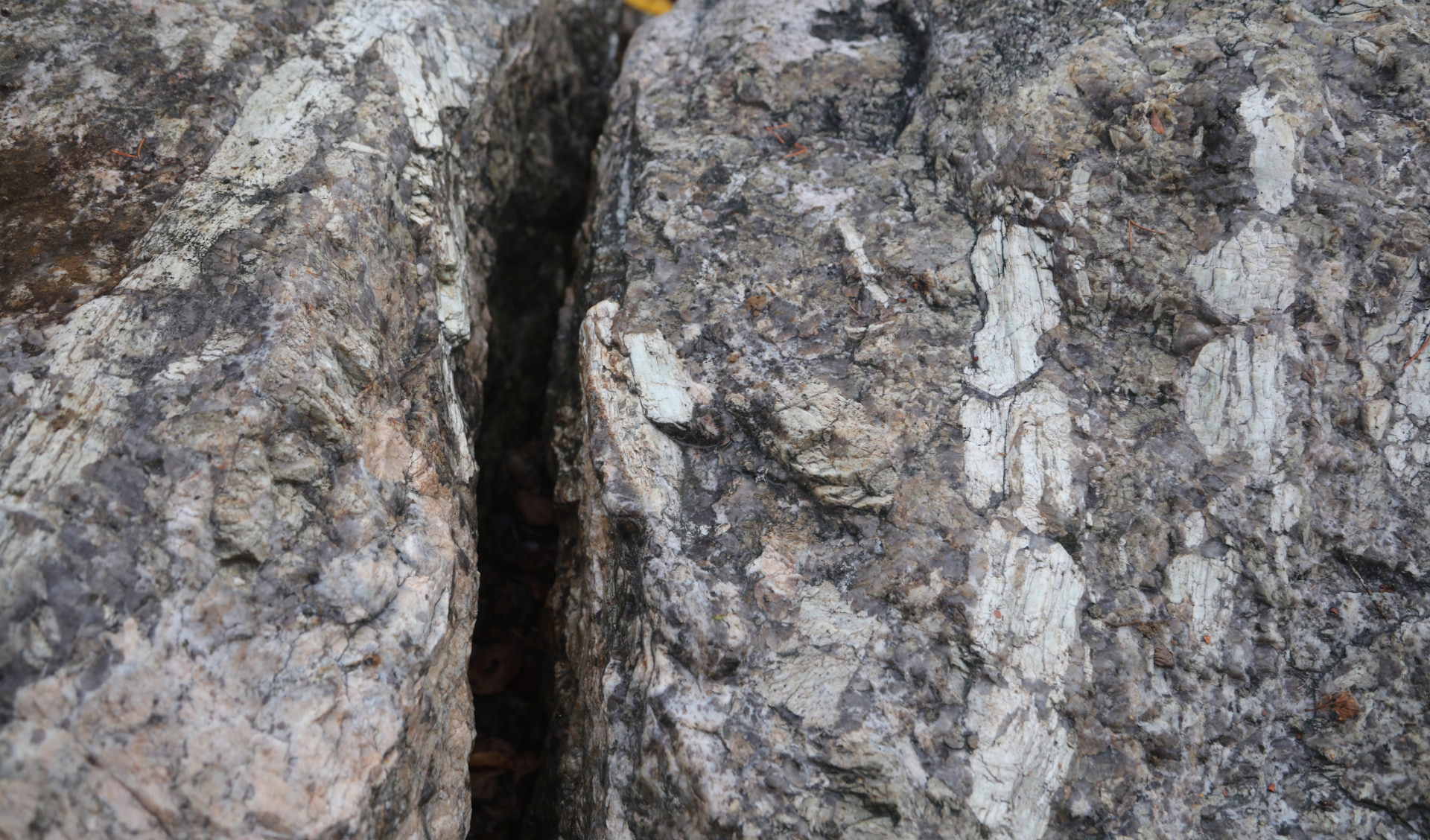
The North American Battery Age



